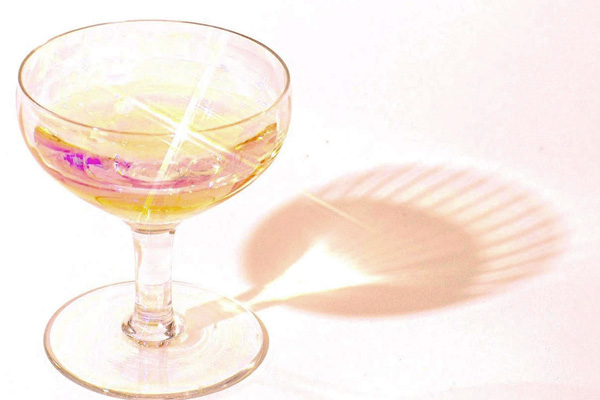There’s no ‘How-To’ guide –
November 10, 2020 – A Nielson survey found that alcohol sales rose 54% at the start of the pandemic in early March. And last month, a new study published in the JAMA Network Open found that alcohol consumption had increased by 14% compared with a year ago, including 17% for women. The study also showed a 41% increase in heavy drinking for women (defining heavy drinking as four or more drinks within a couple of hours). I get it: I used to drink socially to cope with stress, and a global pandemic is about as stressful as it gets. Had I still been drinking in 2020, it likely would not have been cute.
But despite the stats about increased alcohol consumption, many women have still chosen to get sober this year. So what does early sobriety — and forming new connection— look like in a largely virtual time? Jenny, 24, from New York, says the first few months of quarantining at home with her parents allowed her to ignore the blackout drinking she had been concerned about before Covid-19. Without events or work happy hours, she found herself drinking less — and hoped the break might correlate to a more successful relationship with alcohol on the other side of lockdown. “I knew the underlying issue was still there, but I was able to push it aside.” Lauren, 24, from New York also tried to use quarantine to “fix” her blackout drinking. “I fought so hard not to be an alcoholic because I didn’t want a label and I didn’t want to feel different. I figured quarantine was a good time to try to control my drinking because I wasn’t going anywhere or seeing anyone that I could embarrass myself in front of.” Like Jenny, once Lauren began seeing friends at socially distant, outdoor gatherings, her blackout drinking proved to be unchanged. She finally asked her mom and a sober relative for help.



